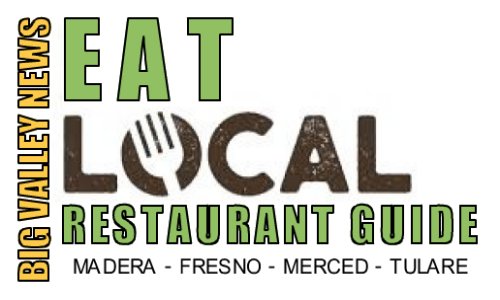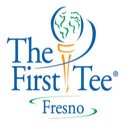
The study was directed by Dr. Daniel A. Sumner, an economist and director of the University of California Agricultural Issues Center, an institute which has studied the economic impacts of many farm commodities. The U.S. honey industry is made up of beekeepers, importers, packers and processors.
"The U.S. honey industry contributed significantly to jobs and economic activity across many states and regions in the United States," said Dr. Daniel A. Sumner, director of the University of California Agricultural Issues Center. "In addition to its direct economic contributions, as an important ingredient, honey contributes flavor to a wide variety of food products and stimulates demand across the food industry."
The honey industry contributed approximately $2.1 billion in value added to the U.S. gross domestic product (GDP) in 2017. For scale, Vermont Maple contributed $34 million to the Vermont economy in 2013.2
"While beekeeping is a labor of love and the true essence of a craft industry, the honey industry's size and scope shows that honey production makes a significant impact on our nation's economy," said Margaret Lombard, CEO of the National Honey Board. "From beekeepers in Washington state to packers in Maine, the honey industry's impact is evident across the country—as well as in the overall U.S. GDP."
In 2017, the honey industry employed more than 22,000 individuals across the U.S. in production, importation and packing jobs. For scale, the Vermont Maple industry employed 4,021 Vermonters in 2013.2
In addition to a thriving industry, the American appetite for honey is growing. In 2017, Americans consumed 596 million pounds of honey or about 1.82 pounds of honey per person, which represents a 65 percent increase in consumption from 2009 to 2017.1 3
To learn more about the University of California Agricultural Issues Center, please visit https://aic.ucdavis.edu and find the full "Contributions of the U.S. Honey Industry to the U.S. Economy" study here. For more information on the National Honey Board, please visit www.honey.com.
About National Honey Board
The National Honey Board (NHB) is an industry-funded agriculture promotion group that works to educate consumers about the benefits and uses for honey and honey products through research, marketing and promotional programs. The Board's work, funded by an assessment on domestic and imported honey, is designed to increase the awareness and usage of honey by consumers, the foodservice industry and food manufacturers. The ten-member-Board, appointed by the U.S. Secretary of Agriculture, represents producers (beekeepers), packers, importers and a marketing cooperative. For more information, visit www.honey.com.
About University of California Agricultural Issues Center at UC Davis
The University of California Agricultural Issues Center (AIC) was established in 1985 to research and analyze crucial trends and policy issues affecting agriculture and interlinked natural and human resources in California and the West. The Center, which consists of a director, several associate directors, a small professional staff and an Advisory Board, provides independent and objective research-based information on a range of critical, emerging agricultural issues such as food and agricultural commodity markets, the value of agricultural research and development, farm costs and returns, consequences of food and agricultural policy and rural resources and the environment. The audience for AIC research and outreach includes decision makers in industry, non-governmental organizations and governments as well as scholars, journalists, students and the general public.














































